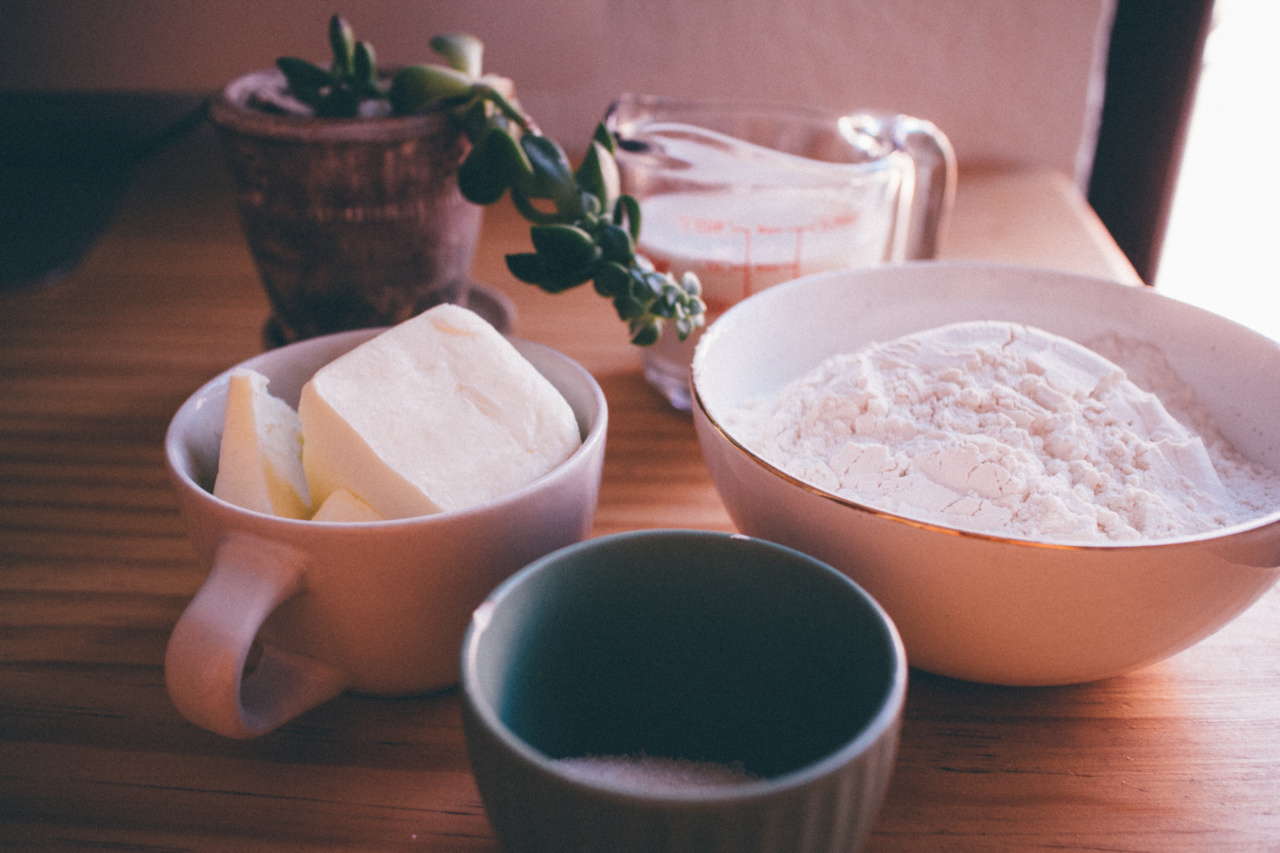Margarine has been around for over a century, and it has been a popular alternative to butter for many years.
The history of margarine dates back to the 19th century when a French chemist, Hippolyte Mège-Mouriès, created margarine as a cheaper alternative to butter. Today, margarine is still a popular choice for people who want a healthier butter alternative that’s lower in saturated fat and cholesterol.
In this article, we’ll take a closer look at margarine and its benefits, so you can make an informed decision about whether it’s right for you and your family.
What is Margarine?
Margarine is a spread that’s made from vegetable oils, such as soybean, canola, or palm oil. It also contains water, salt, and emulsifiers, which help blend all the ingredients together.
The ingredients are cooked and then blended until a smooth and creamy spread is formed. Margarine is usually sold in tubs, and it has a similar texture and taste to butter.
Is Margarine Healthier Than Butter?
One of the main reasons why people choose margarine over butter is that it’s generally lower in saturated fat. Saturated fat is the type of fat that’s often found in animal products like butter and cheese.
Consuming too much saturated fat can increase your risk of developing heart disease and other health problems. Margarine, on the other hand, is made from plant-based oils that are typically lower in saturated fat.
Another benefit of margarine is that it’s often fortified with important vitamins and minerals, such as vitamin D and omega-3 fatty acids. These nutrients can help support a healthy heart and improve overall health.
What are the Different Types of Margarine?
There are several different types of margarine available, including regular margarine, light margarine, and non-hydrogenated margarine. Regular margarine is made from vegetable oils and is often fortified with vitamins and minerals.
Light margarine, on the other hand, contains fewer calories and less fat than regular margarine, making it a good choice for people who are trying to lose weight or maintain a healthy weight. Non-hydrogenated margarine is made from oils that have not been chemically altered through a process called hydrogenation, which can create trans fats.
How is Margarine Used in Cooking?
Margarine can be used in place of butter in many recipes. It’s a great choice for baking, frying, and sautéing, and it can be used in everything from cakes to cookies to mashed potatoes.
Some margarine products are specifically designed for cooking, while others are meant to be used as spreads.
What Should You Look for When Buying Margarine?
When buying margarine, it’s important to look for products that are low in saturated fat and trans fats. It’s also a good idea to choose products that are fortified with important vitamins and minerals.
You should also look for margarine that’s free from artificial colors, flavors, and preservatives.
The Bottom Line
Margarine is a great alternative to butter for people who want a healthier option that’s lower in saturated fat and cholesterol. It’s also a good source of important vitamins and minerals that can support overall health.
When buying margarine, be sure to choose products that are low in saturated fat, trans fats, and free from artificial ingredients.































